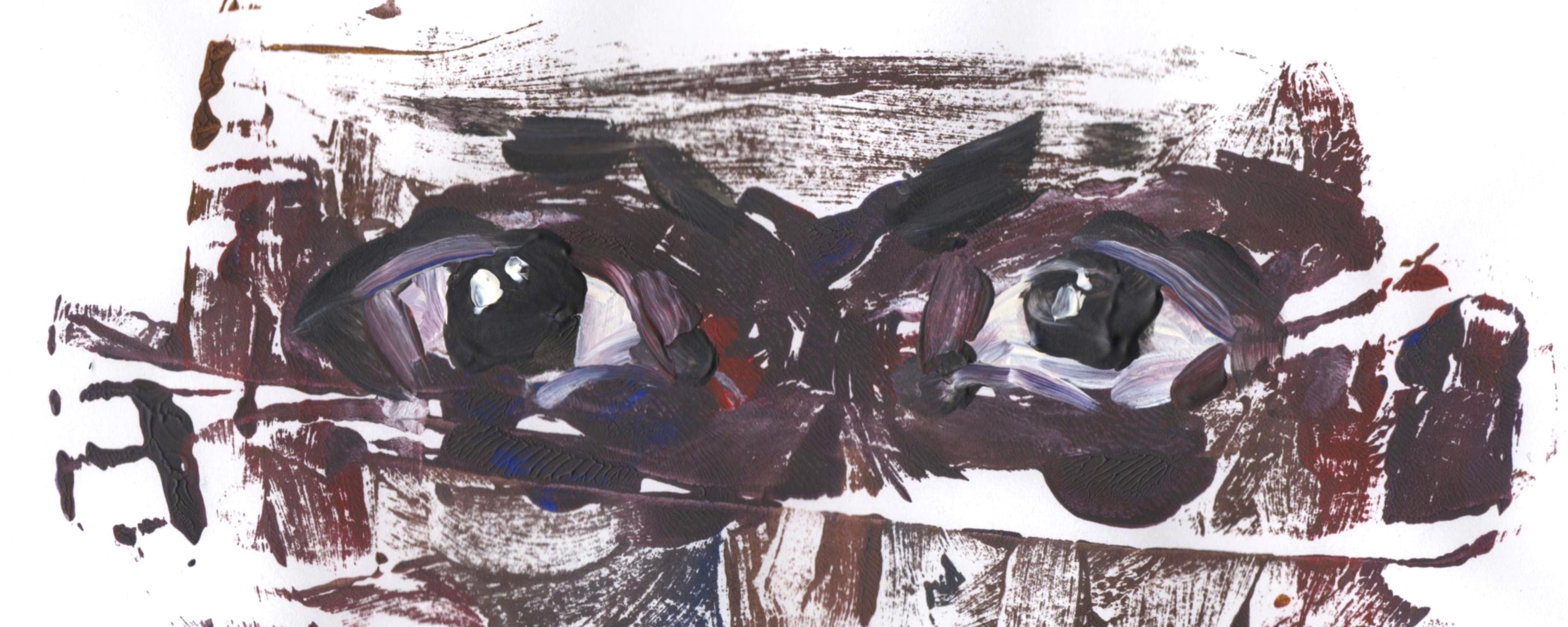Today the Jarawa tribe, one of five indigenous groups native to the Andaman Islands in the Bay of Bengal, has only 400 surviving members. Until 1998, when a stream of Indian citizens began settling in the islands, this tribe of hunter-gatherers had existed for 50,000 years without sustained interactions with outside civilizations. But now, the Jarawa are at the heart of a booming tourism industry in the Andamans — one that has pushed the Jarawa tribe to the brink of extinction.
Although the Jarawa once inspired fear by firing arrows at visitors and passing airplanes, now more than 300,000 tourists stride into Baratang Island to gawk at the indigenous tribe. The Jarawa’s once remote enclave has been bisected by the Andaman Nicobar Trunk Road (ATR), a two-lane highway that connects parts of Middle and South Andaman. Originally intended to be little more than a convenience for the island’s residents, it has since taken on a more destructive purpose as a conduit for “human safaris.” Hundreds of buses use the road to flock to the Jarawa reserve so that tourists can take photographs and marvel at the lifestyles and traditions of the tribe, treating the island natives like “animals in a zoo,” as the Guardian reported.
But the tribe faces more insidious threats than the corrosive presence of vacationers, such as its susceptibility to outside diseases. The tribe members have little resistance to fatal diseases prevalent in modern societies because of their isolated existence and lack of exposure to these pathogens. In the 20th century, the arrival of British settlers to the island led to the mass eradication of indigenous Andamanese people, and the Jarawa were not spared the effects; measles epidemics killed thousands of tribe members in 1999 and 2006. And with hundreds of thousands of Indian settlers continuing to pour into the region, the risk of an epidemic wiping out the remaining 400 Jarawas has grown exponentially.
Besides disease, starvation also poses a very real threat to the indigenous peoples of the Andamans. For thousands of years, the Jarawa have subsisted off of the resources from the nearby forests and bodies of water. From hunting pigs, turtles and fish to gathering wild roots and honey, the tribe has integrated itself into the island’s verdant ecosystem of over 150 plant and 350 animal species. Illegal hunting, fishing and logging, however, have been steadily depleting the tribe’s natural food sources and challenging their self-sufficiency. The tribe has tried its best to fight back. In 2008, for instance, tribe members captured and tied two gangs of poachers to trees before reporting them to local authorities. Nevertheless, poaching and other resource-depleting activities have continued to plague the island’s ecosystem.
The growing encroachment has begun to erode the traditionally autonomous life of the Jarawa. While many still cling to their hunter-gatherer traditions, others have begun to beg tourists for food, tobacco and alcohol. Two decades ago, it would have been unfathomable to spot a Jarawa in public, but today it is not uncommon to see a member of the indigenous tribe dancing in front of crowds for food or stumbling around the streets intoxicated. In 2012, the Observer released video footage of girls from the tribe being forced to dance semi-naked for tourists visiting the territory. In the background of the video, a police officer coerces the girls into dancing in return for food.
Nearly a year after the release of the footage, the Indian Supreme Court banned the use of the ATR and enforced a five-kilometer buffer zone around the Jarawa’s land. But the new protections were short-lived. In March 2013, the Indian Supreme Court reversed course and reopened the ATR in response to complaints from locals that the road was necessary for accessing the island’s hospital and the Limestone Cave, a popular tourist attraction. Tentative talks of a sea route to prevent use of the ATR met little success due largely to numerous delays.
Despite the array of challenges, the Indian government continues to search for solutions to elevate the Jarawa’s standard of living. Most recently, in late 2014, the Andaman government called for upgrades to the surveillance of the Jarawa reserve and to the task force patrolling its borders. The new initiatives arose specifically in response to the trespassing on Jarawa land by two French filmmakers who wanted to illegally film a documentary on the tribe. However, the insufficiency of past government actions offers little optimism that today’s protections for the Jarawa tribe will stand for long.
Certain officials are already jostling the government to weaken its protections for the tribe. A local Member of Parliament for the Andamans, Bishnu Pada Ray, has pushed for the widening of the ATR and for the assimilation of the Jarawa tribe into Indian society. In 2010, Ray described the tribe as being “in a primitive stage of development” and called for their children to be sent to residential schools.
With Ray’s call for assimilation gaining attention, the Andaman Islands stand at a crossroads. The technique of forced assimilation has already proven its devastating cultural effects in Australia, Canada and the United States, but it also harkens back to a darker period in the islands’ history. In fact, mainstreaming was one of the primary factors in the devastation of the Great Andamanese tribe — another regional indigenous group — which now has only 52 surviving members. If Ray’s platform is any indication for the future, then the story of the Great Andamanese suggests a most ominous trajectory for the Jarawa.
Art by Rebecca Andrews
